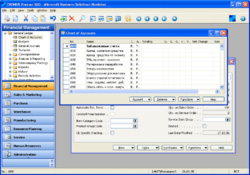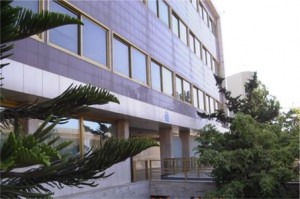 Implementing an ERP system is a complicated task to achieve, in fact it is time consuming for planning, consulting and in most cases 4 months to 1 yearor even longer. However, a large, multi-site or multi-country implementation may take years. ERP systems are extremely wide in scope and for many larger organizations can be eventually complex. Implementing ERP software is typically not an “in-house” skill, so even smaller projects are more cost effective if specialist ERP implementation consultants are employed. Implementing an ERP system will require significant changes on staff and work practices. While it may seem reasonable for an in house IT staff to handle the project, it is commonly advised that ERP implementation consultants be used, due to the fact that consultants are usually more cost effective and are specifically trained in implementing the ERP systems.
Implementing an ERP system is a complicated task to achieve, in fact it is time consuming for planning, consulting and in most cases 4 months to 1 yearor even longer. However, a large, multi-site or multi-country implementation may take years. ERP systems are extremely wide in scope and for many larger organizations can be eventually complex. Implementing ERP software is typically not an “in-house” skill, so even smaller projects are more cost effective if specialist ERP implementation consultants are employed. Implementing an ERP system will require significant changes on staff and work practices. While it may seem reasonable for an in house IT staff to handle the project, it is commonly advised that ERP implementation consultants be used, due to the fact that consultants are usually more cost effective and are specifically trained in implementing the ERP systems.
To implement ERP systems, companies often seek the help from third-party consulting companies. These firms typically provide three areas of professional services: consulting, customization and support. One of the most important traits that an organization should have when implementing an ERP system is ownership of the project. Because so many changes take place and its broad effect on almost every individual in the organization, it is important to make sure that everyone is on board and will help make the project and using the new ERP system a success.
Data migration is one of the critical activities in determining the success or failure of an ERP implementation. Unfortunately, data migration is the last phase before the production phase of an ERP implementation, and therefore receives minimal attention.
The following are steps of a data migration strategy that can help with the success of an ERP implementation:
Step 1 : Idebtification of the migration data
Step 2 : Data migration timeframe determination
Step 3 : Generate the data templates
Step 4 : Freezing the tools for data migration
Step 5 : Decision on migration related setups
Step 6 : Decision on data archiving


